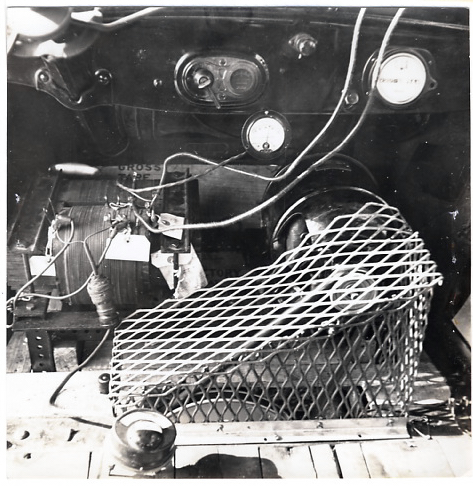Spark transmitters and the crystal receivers used to receive them were simple enough that they were widely built by hobbyists. During the first decades of the 20th century this exciting new high tech hobby attracted a growing community of “radio amateurs”, many of them teenage boys, who used their homebuilt sets recreationally to contact distant amateurs and chat with them by Morse code, and relay messages. Low-power amateur transmitters (“squeak boxes”) were often built with ignition coils from early automobiles such as the Ford Model T …
The Images below are from Hamfesters Radio Club Chicago Ill …. W9AA
Source: Wikipedia







